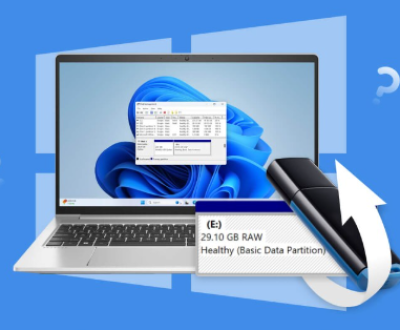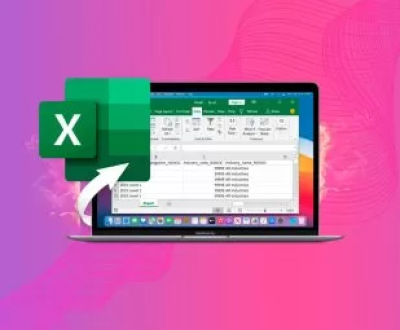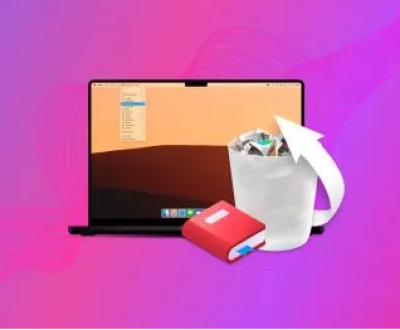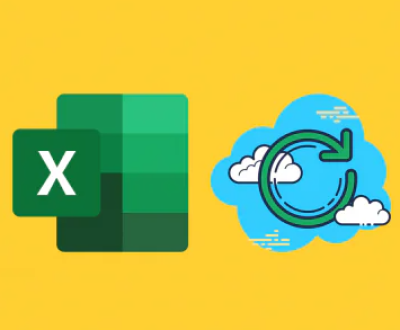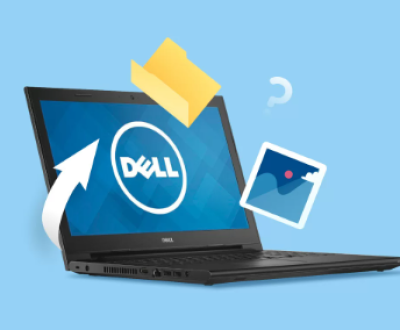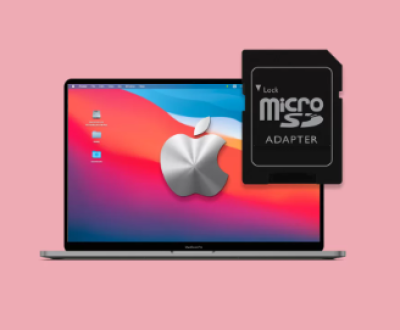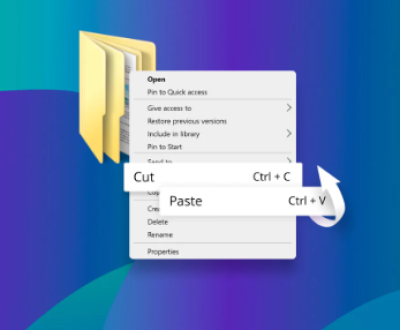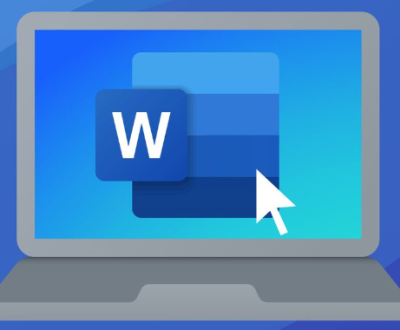When working with multiple partitions on a hard disk drive (HDD) or solid-state drive (SSD), you might find that some partitions are too small or no longer necessary. Combining or merging partitions can help you make better use of your storage space and reduce fragmentation.
1. What is a Partition?
A partition is a logical division of a hard drive or SSD, which allows the user to organize their storage by creating separate “sections” for different purposes. For example, you might have one partition for your operating system and another for data storage. Partitions can be created during the installation of an operating system or added afterward.
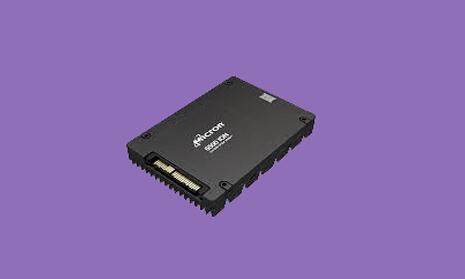
There are several reasons why you might want to combine partitions:
2. Why Combine Partitions?
Better Space Utilization: You might find that one partition is too small, while another is relatively unused. By combining them, you can free up valuable storage space.
Simplify Management: Managing multiple partitions can be cumbersome. Combining partitions into one can streamline file management and reduce the risk of data loss from partition errors.
Reduce Fragmentation: Some users create multiple partitions without a clear plan. As files are spread out across multiple partitions, the system may become slower over time. Combining partitions can help consolidate your storage, potentially improving performance.
3. Risks and Precautions Before Merging Partitions
Combining partitions involves altering the structure of your hard drive, which can be risky if not done correctly. Here are some precautions to take before proceeding:
Back Up Your Data: Merging partitions typically requires the deletion of one partition. This will erase all data on it. Ensure that you back up important files from both partitions before proceeding.
Check for Bad Sectors: If your hard drive has bad sectors or is showing signs of failure, it’s a good idea to check for errors and repair them before merging partitions.
Consider Using Disk Cloning Software: In case anything goes wrong, you can restore your system to its original state using disk cloning software.
4. Combining Partitions in Windows
In Windows, you can combine partitions using the built-in Disk Management tool or third-party software. Below are the two primary methods.
4.1. Method 1: Using Disk Management
Disk Management is a built-in tool in Windows that allows you to manage your disk partitions. To merge partitions in Windows, follow these steps:
Step 1: Open Disk Management
Press Win + X and select Disk Management from the menu.
Alternatively, you can search for “disk management” in the Start menu and select Create and format hard disk partitions.
Step 2: Delete One Partition
In the Disk Management window, locate the two partitions you want to combine.
Right-click on the partition you want to remove (the smaller one) and select Delete Volume.
Confirm that you want to delete the partition. This will erase all data on that partition, so make sure you’ve backed up your files.
Step 3: Extend the Remaining Partition
Right-click on the partition that you want to extend (the larger one).
Select Extend Volume from the context menu.
The Extend Volume Wizard will open. Follow the prompts to add the unallocated space (created by deleting the other partition) to the existing partition.
Step 4: Finish the Process
Once the wizard completes, the partition will be extended to include the combined space.
You can now access the expanded partition in File Explorer.
Limitations of Disk Management
Disk Management can only merge partitions if the unallocated space is adjacent to the partition you want to extend. If the unallocated space is not next to the partition you want to expand, you will need to use third-party tools.
4.2. Method 2: Using Third-Party Software
If Disk Management cannot help you merge partitions due to the arrangement of unallocated space, third-party tools can provide more flexibility. One of the most popular tools for managing partitions is EaseUS Partition Master.
Step 1: Download and Install EaseUS Partition Master
Go to the official EaseUS website and download the partition management software.
Install the software by following the on-screen instructions.
Step 2: Launch the Software
Open EaseUS Partition Master.
Select the partition you want to merge and choose the option to Merge Partitions.
Step 3: Select Partitions to Merge
The software will show a list of all partitions on your drive.
Select the two partitions you want to merge. Make sure the partitions are on the same drive, as the tool won’t work with partitions from different drives.
Step 4: Execute the Merge
Click OK to confirm the merge.
The software will merge the partitions, and the data from the smaller partition will be transferred to the larger one. This process may take some time depending on the amount of data.
Step 5: Restart Your Computer
After the merge process is complete, restart your computer to finalize the changes.
You can now access your newly combined partition.
5. Combining Partitions in macOS
In macOS, you can combine partitions using Disk Utility or the Terminal. Below are the steps for each method.
5.1. Method 1: Using Disk Utility
Disk Utility is the native macOS tool for managing disk partitions.
Step 1: Open Disk Utility
Open Disk Utility by searching for it using Spotlight or navigating to Applications > Utilities > Disk Utility.
Step 2: Select the Partition to Delete
In the left pane, select the partition you want to remove (the smaller partition).
Click the minus (-) button at the top of the Disk Utility window.
Step 3: Reclaim the Space
Once the partition is deleted, it will appear as “free space” on the disk.
Select the partition you want to extend (the larger partition).
Click the Partition button at the top.
Resize the partition to take up the unallocated space.
Step 4: Apply the Changes
Click Apply to combine the partitions.
The process may take some time. After it finishes, you’ll have a single partition with the combined storage.
5.2. Method 2: Using Terminal
If you’re comfortable with command-line tools, you can also combine partitions using the Terminal.
Step 1: Open Terminal
Open Terminal from Applications > Utilities.
Step 2: Use Diskutil Command
Type diskutil list to list all available disks and partitions.
Identify the disk and partitions you want to merge.
Step 3: Delete One Partition
Use the diskutil eraseVolume command to delete the partition you want to remove.
Example: diskutil eraseVolume JHFS+ NewVolume disk1s2
Step 4: Resize the Remaining Partition
Use the diskutil resizeVolume command to resize the remaining partition to include the unallocated space.
Example: diskutil resizeVolume disk1s1 500GB
Step 5: Verify the Changes
After executing the command, use diskutil list again to verify the partitions have been merged and the space is allocated as you expected.
6. Common Issues After Merging Partitions
After merging partitions, you might encounter several issues, such as:
Loss of Data: If you forgot to back up important files before merging, they may be permanently lost. Always ensure that you back up your data before proceeding.
Corrupted File System: In rare cases, the file system may become corrupted, making your data inaccessible. If this happens, you might need to use data recovery software or restore from a backup.
Partition Table Issues: Improper merging of partitions may lead to partition table corruption. If this occurs, you might need a disk repair tool or professional assistance to fix it.
Merging hard disk partitions can help improve storage efficiency and reduce fragmentation, but it must be done carefully to avoid data loss. Both Windows and macOS provide tools to merge partitions, though third-party software may be necessary for more complex cases. Always back up your data and proceed with caution to avoid the risk of losing important files.
About us and this blog
Panda Assistant is built on the latest data recovery algorithms, ensuring that no file is too damaged, too lost, or too corrupted to be recovered.
Request a free quote
We believe that data recovery shouldn’t be a daunting task. That’s why we’ve designed Panda Assistant to be as easy to use as it is powerful. With a few clicks, you can initiate a scan, preview recoverable files, and restore your data all within a matter of minutes.
Subscribe to our newsletter!
More from our blog
See all postsRecent Posts
- Retrieve files from usb 2025-07-04
- How to retrieve overwritten excel file 2025-07-04
- How to retrieve lost files on sd card 2025-07-04

 Try lt Free
Try lt Free Recovery success rate of up to
Recovery success rate of up to

